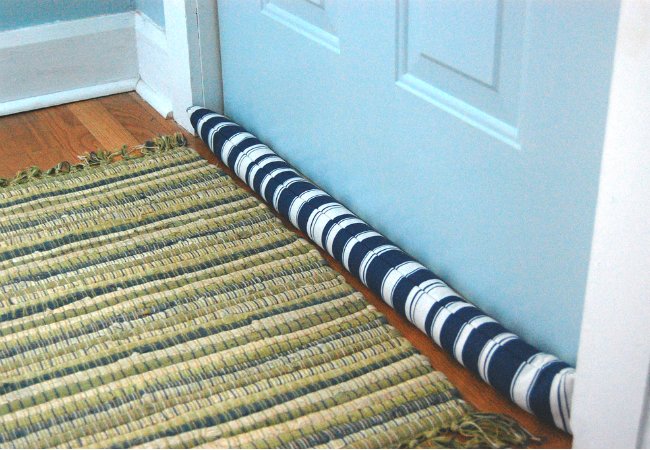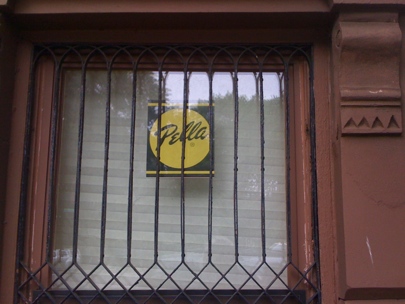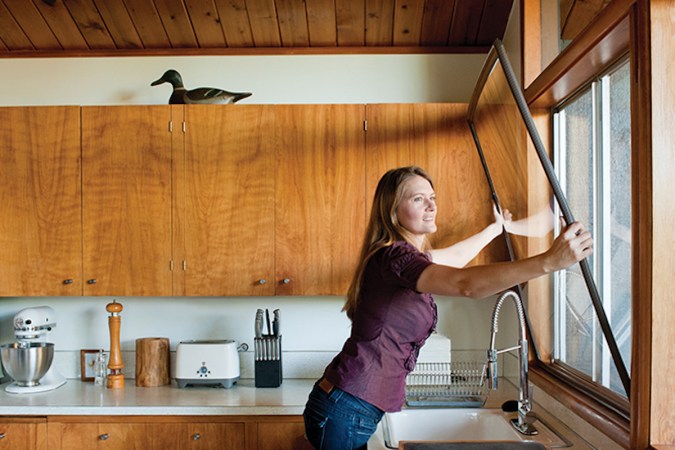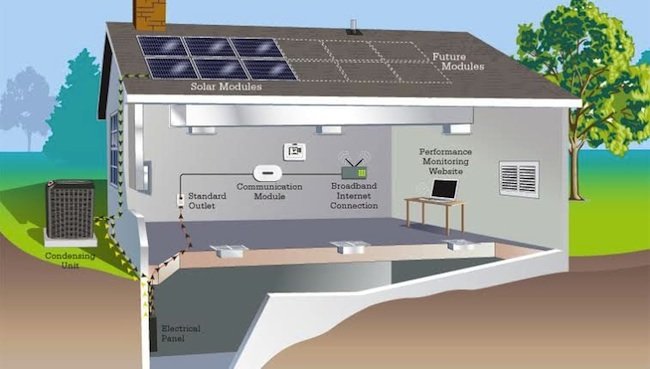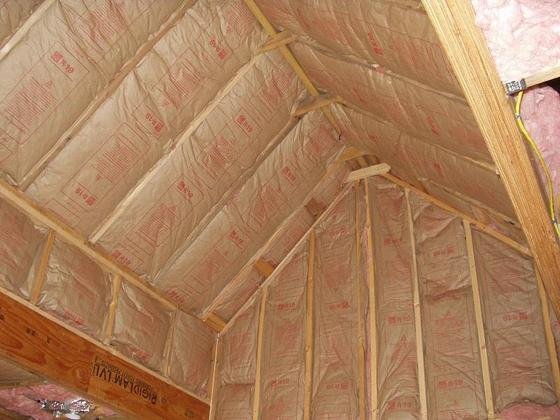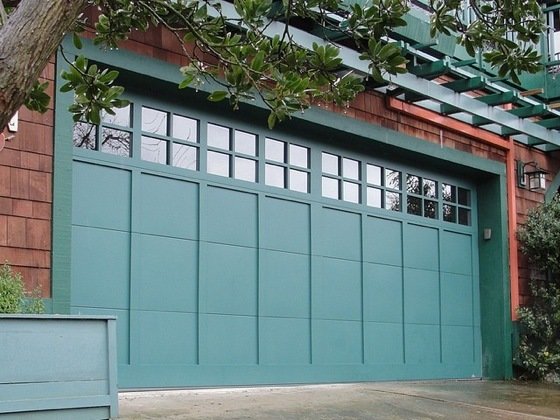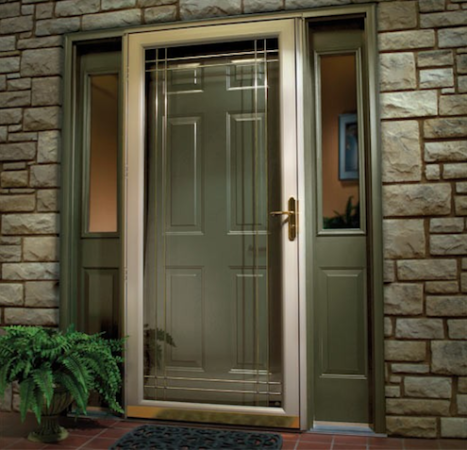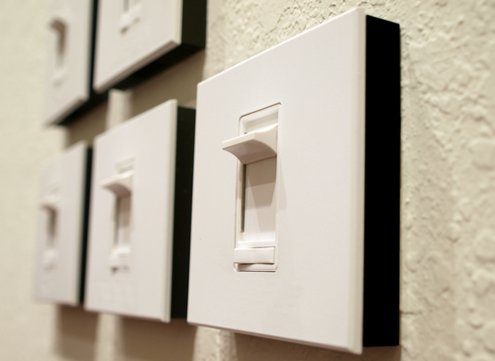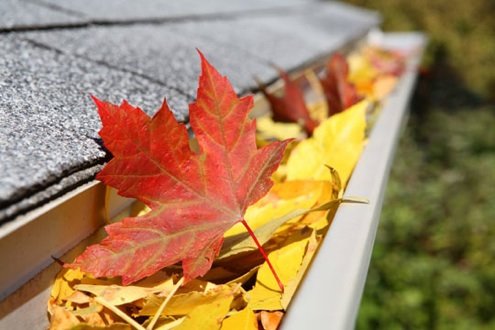We may earn revenue from the products available on this page and participate in affiliate programs. Learn More ›
When you’ve moved your plans indoors to escape the seasonal chill, a draft to send you back under the blankets is the last thing that you need. Worse than compromising your comfort level, air leaks also take a toll on your energy bill. If not properly insulated, your home’s heating system works harder to compensate for the lost heat—with its extra effort escaping right out the window, too, so to speak. Fortunately, saving some serious cash on your energy costs this winter can start with a single dollar and a candle.
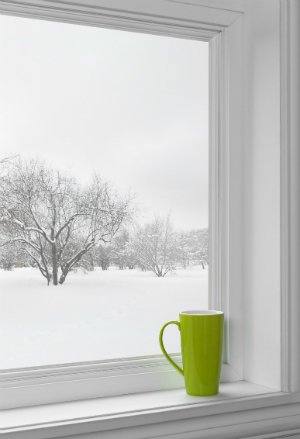
First investigate the cracks around your doors and windows, often the easiest access to potential drafts. To aid you, open up your wallet and grab a single. Then, slip the dollar bill in an open doorway, and close the door with your paper money in place. If you can’t tug the bill out, your entrance has a tight, winter-ready seal; if there’s enough give to wiggle it out, though, you’ll want to reseal as soon as possible.
But don’t stop at the obvious entrances! Wait until the next windy day to locate other potentially leaky areas around the house. Tightly seal up your home at the windows, doors, and fireplace flues, and shut off any combustion appliances (like a gas furnace or water heater) as well as any exhaust fans that might interfere with the results of your test. Once you’ve prepped the place, light a candle from your household emergency kit, and hold it very steadily in areas prone to air leaks—windows and doors, yes, but also outlets, recessed lighting, attic hatches, and basement rim joists, any of which might be in need of a little extra insulation. If the candle’s smoke or flame wavers, you likely have a leak.
Even if your tests turn up a problem area or two, don’t fret yet—in fact, go ahead and crack a smile. By addressing these leaks early with energy-efficient fixes, you’re basically locking in a lower energy bill than the one last winter. Plus, the market offers solutions to fit every home and every budget. If you’re not quite ready to invest in Energy Star–certified windows and doors, a little weatherstripping and insulation film on your windows can still go a long way. Bottom line: The sooner you’ve identified all of your home’s air leaks, the better prepared you will be for the season ahead.
